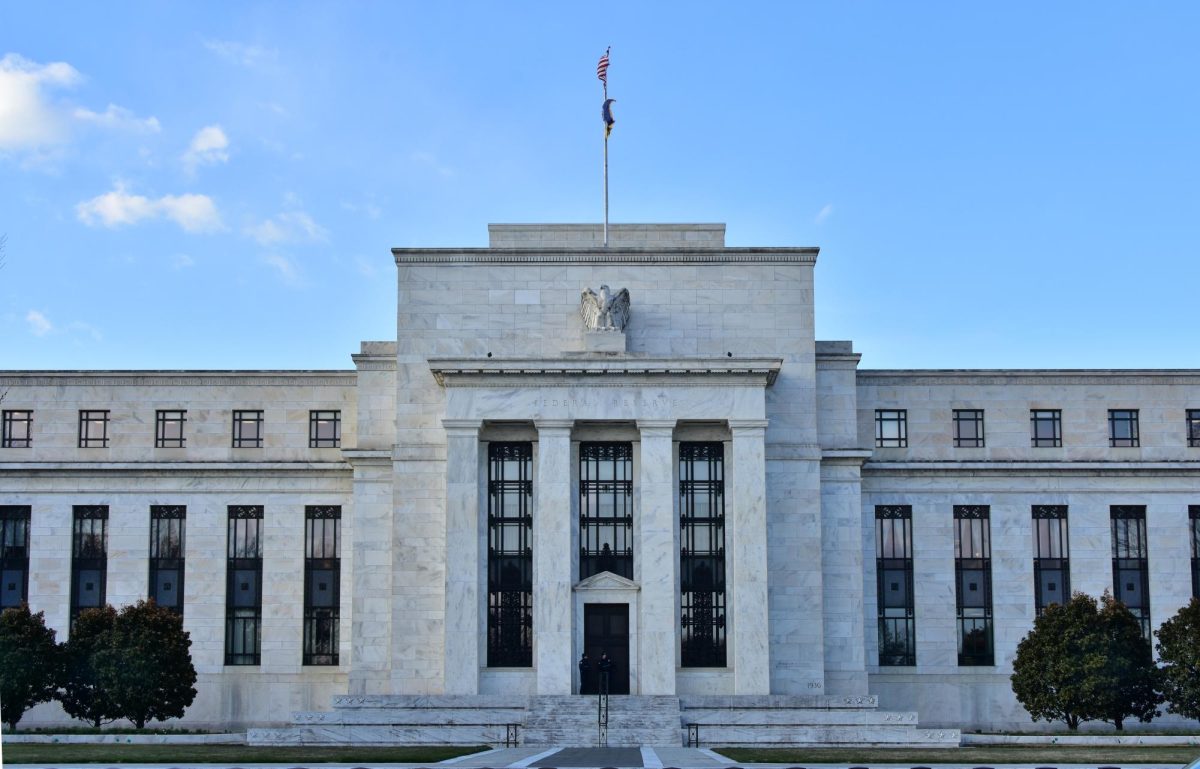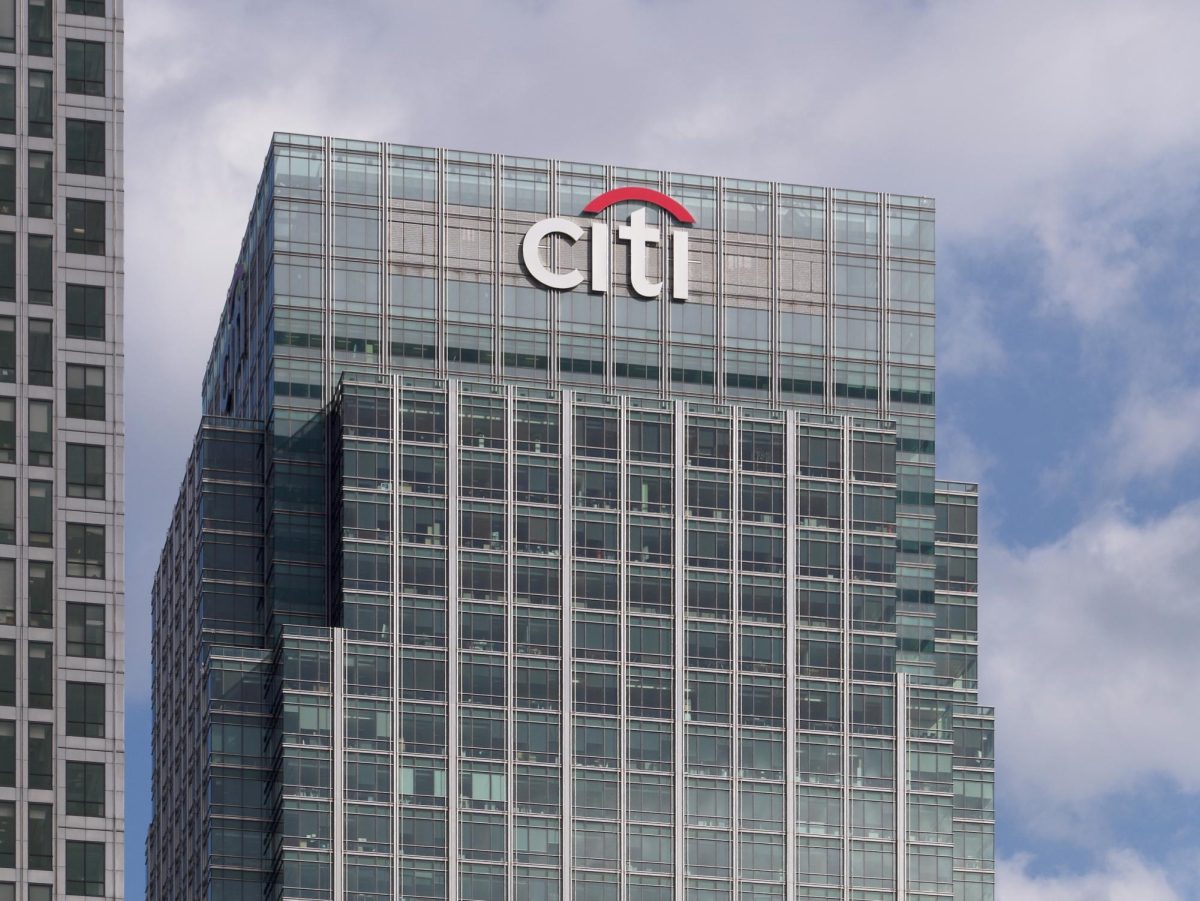The Federal Reserve announced a quarter-point interest rate cut on Nov. 7, marking the second rate cut of 2024 and since the COVID-19 outbreak in 2020.
The Fed decided to reduce rates by another 25 basis points, reflecting a recovering U.S. economy and a period of cooling inflation. Inflation remains slightly above the Fed’s goal of a 2% annual rate, with the latest Summary of Economic Projections report projecting a similar 25 basis point cut in December’s Federal Open Market Committee meeting.
Paired with the 50 basis point cut in September, it could indicate a full percentage point reduction for the fiscal year 2024.
“We think that the economy and we think our policy are both in a very good place,” Jerome Powell, Federal Reserve chairman, said during the FOMC meeting. “The idea is to maintain, support the strength we have in the labor market and in the economy, but also with a somewhat less restrictive but still restrictive policy that will enable further progress toward our 2% inflation goal.”
With the Fed expected to cut the benchmark rate by another quarter-point in December and impose additional cuts through next year, the cost of borrowing for everyday Americans will go down simultaneously. If inflation continues to ease and external pressures such as geopolitical tensions subside, Americans can expect lower interest rates on auto loans and mortgages going into next year.
Inflation has moved closer to the Fed’s 2% goal, but Powell said core inflation “remains somewhat elevated.”
Expectations for long-term inflation are well anchored, which is reflected in numerous household surveys, businesses, forecasters and measures of financial markets. September’s Consumer Price Index report, released in October, saw a 2.4% annual increase in the all-items index – the lowest year-over-year increase since February 2021.
Although inflation has yet to reach the Fed’s target, its recent cooling has prompted the Fed to initiate the first interest rate cuts in several years and display support for future economic growth into 2025.
Following the overlap of Election Day and the FOMC meeting, the S&P 500 and the Dow Jones Industrial Average indexes posted their strongest week of 2024 and reached record highs.
The S&P 500 saw its fiftieth all-time high of 2024, briefly surpassing the 6,000 level for the first time.
When the Fed lowers interest rates, investors pull away from low-yielding government bonds and seek higher returns in the equity markets. U.S. equity funds experienced their biggest inflow since June, with $20 billion flowing into the markets on the first day of the two-day meeting.
Despite the stock market’s strongest week in the past 12 months, CBS exit polls from the Nov. 5 election show that more than two-thirds of voters described the economy negatively. The contrast between strong market performance and public dissatisfaction highlights the Fed’s challenges in building confidence among everyday Americans. While inflation has eased and the labor market remains strong, most households feel the lingering effects of past price increases and economic uncertainty.
“In the near term, the election will have no effects on our policy decisions,” Powell said at a press conference. “As you know, many things affect the economy and anyone who writes down forecasts in their job will tell you that the economy is quite difficult to forecast looking out past the very near term.”
As President-elect Donald Trump prepares to take office in January 2025, his administration’s new economic policies may prompt the Fed to pivot its current monetary policy strategy. At the FOMC meeting, Powell reiterated the Fed’s goal of achieving a dual mandate and rebuilding trust and public optimism about the economy.
“We understand that our actions affect communities, families and businesses across the country,” Powell said. “Everything we do is in service to our public mission. We at the Fed will do everything we can to achieve our maximum employment and price stability goals.














